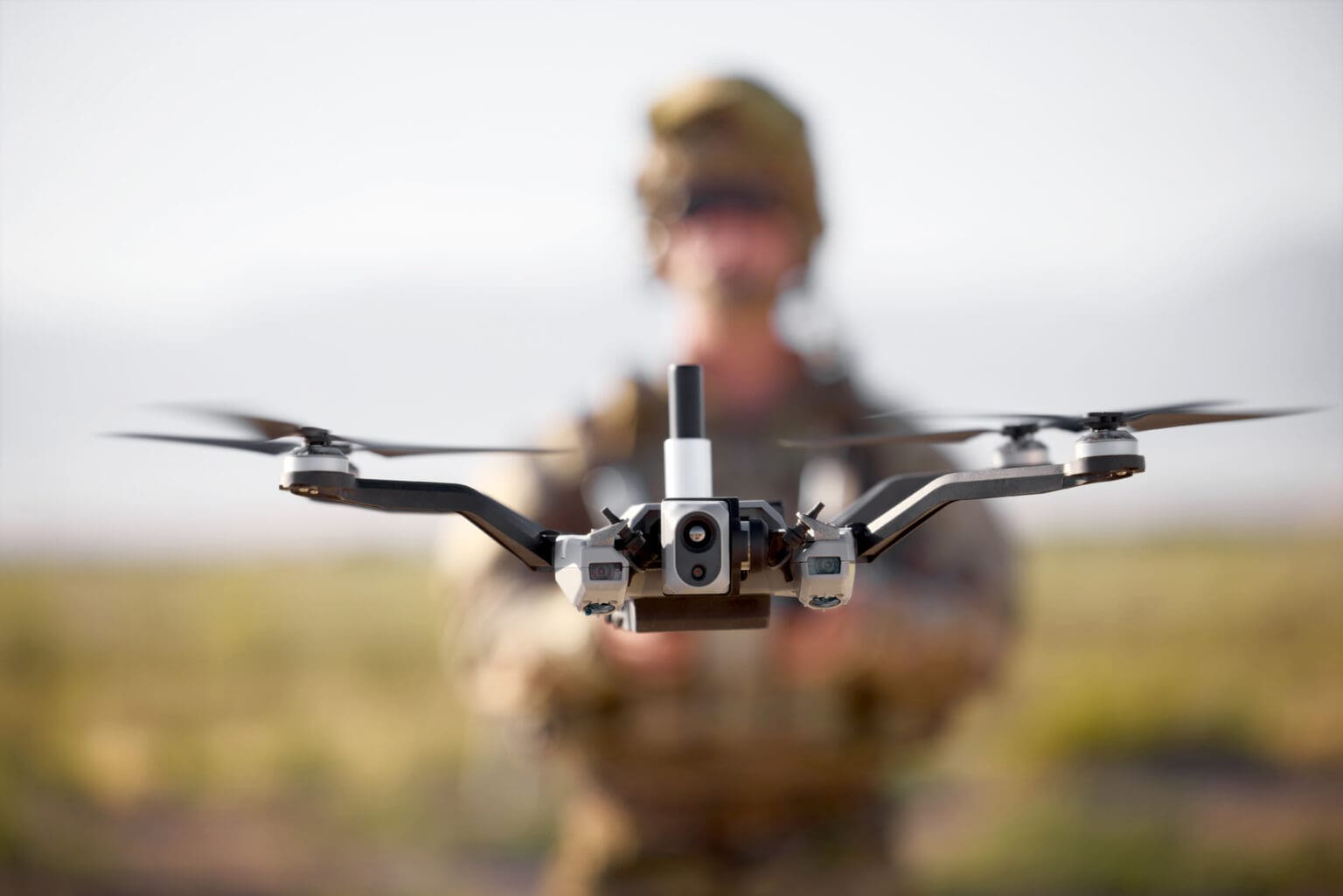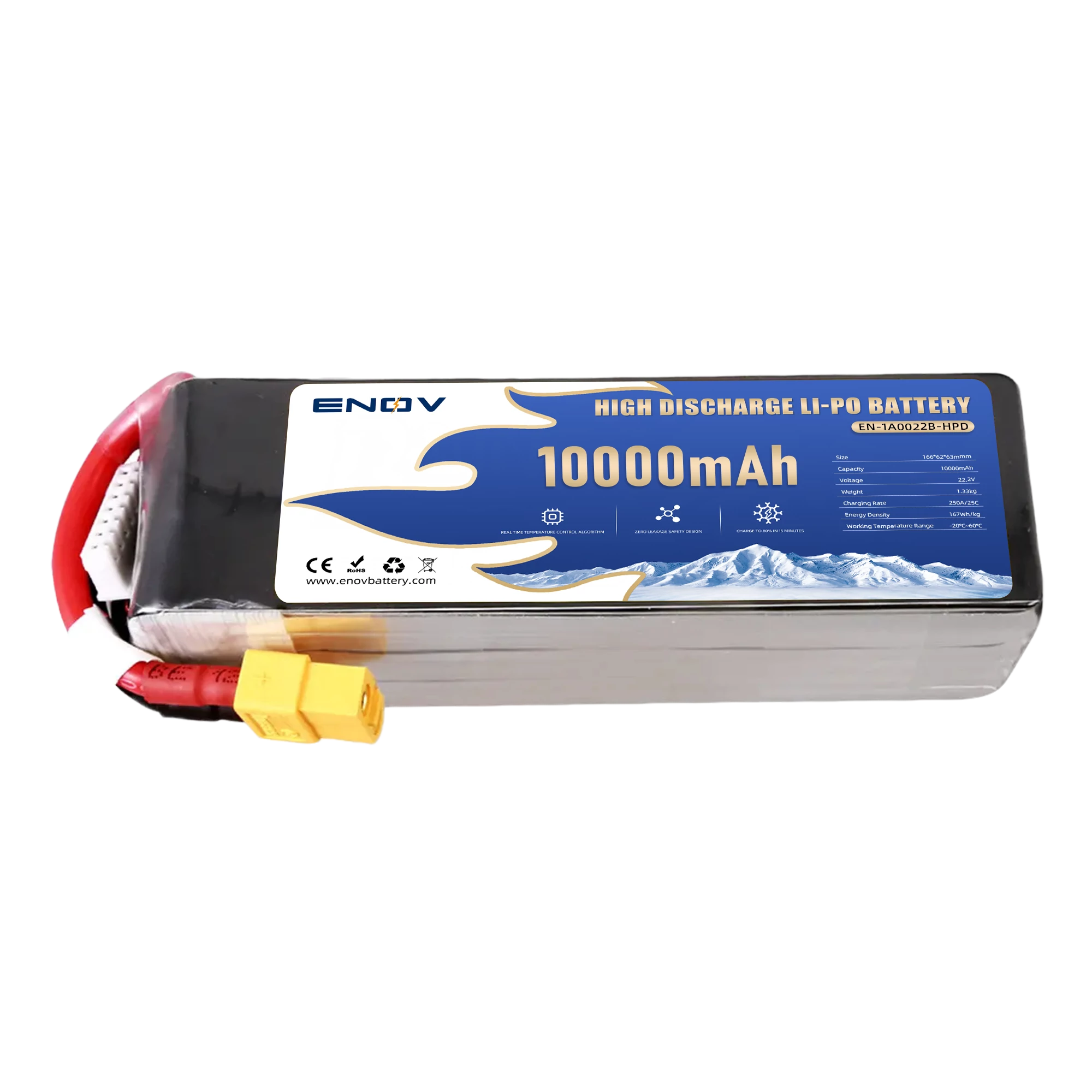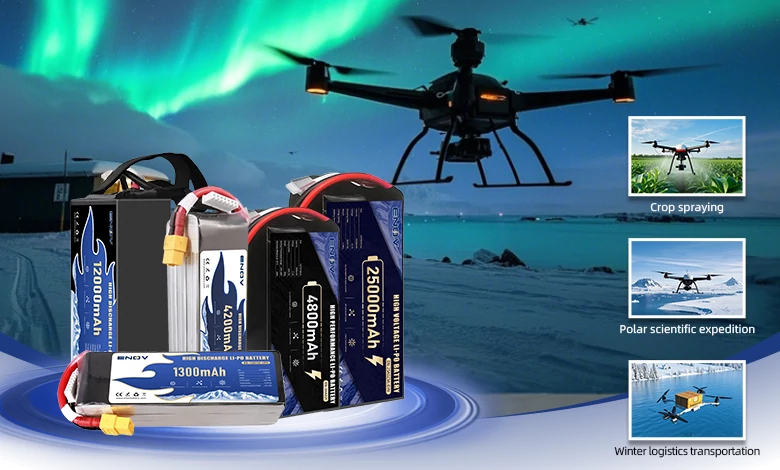For individual users who only need to store a small number of drone lithium batteries, the focus is on simple and feasible protective measures, balancing safety and battery life.


For individual users who only need to store a small number of drone lithium batteries, the focus is on simple and feasible protective measures, balancing safety and battery life.

For enterprises or warehousing institutions that need to store drone lithium batteries in bulk, scientific warehouse management can not only reduce safety risks, but also extend battery life and improve management efficiency. The following are the core points for large-scale storage.

Do you know what a UAV protocol is? What role does it play in the flight process of a UAV? What are the common UAV protocols?

The battery of a smart drone needs to interact with devices such as the flight controller through specific communication protocols, transmitting key information like voltage, temperature, and remaining power to ensure flight safety and efficiency. These protocols can be divided into wired and wireless categories based on transmission methods, each suitable for different scenarios.

What are the key parameters of drone batteries? What do they represent? How are they interrelated? And how do they affect the performance of drone equipment?

Drone batteries are the core power source for flight, and their lifespan directly affects usage costs and flight safety. By mastering the correct methods of charging, discharging, storing, and maintaining, you can significantly extend their service life. Here are the specific practices.